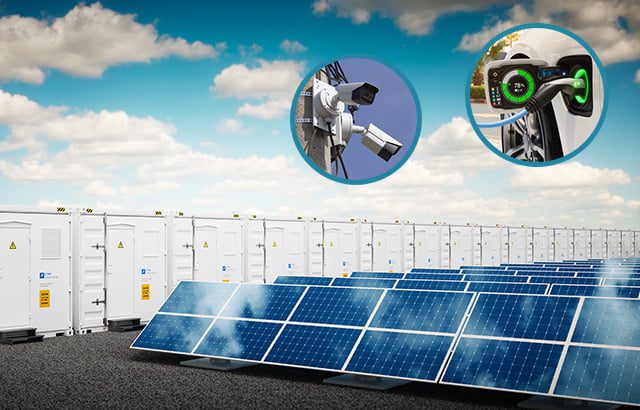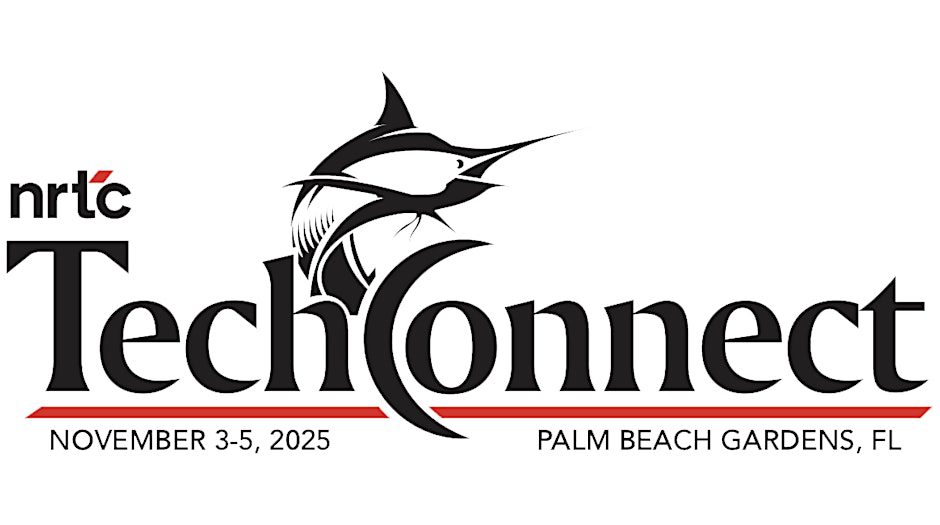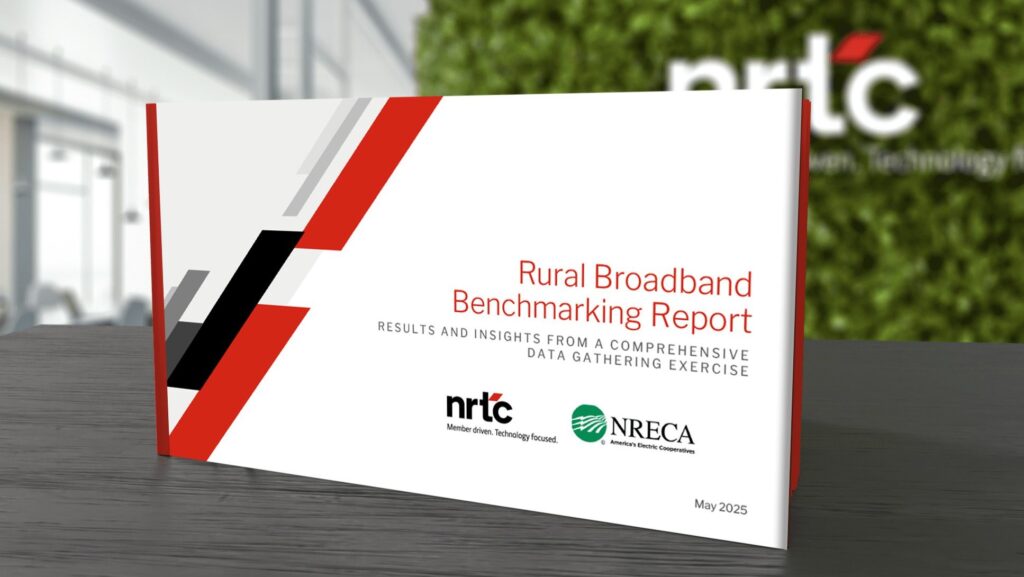NRTC/CFC Collaboration Offers a Wealth of Smart Grid Insights
Randy Sukow
|

Electric cooperatives with experience using smart grid technologies say they have markedly increased consumer satisfaction. Consumer-members tend to notice the higher reliability (fewer outages) and improved affordably that smart grid systems can produce. A new report, Rural Electric Cooperative Smart Grid Benchmarking Report: Creating Value with Smart Grid Applications (PDF), takes a close look at all the various technologies and quantifies how each have benefitted co-ops and their communities.
NRTC and CFC co-authored the report based on survey responses from 60 cooperatives that have deployed AMI, outage management systems (OMS), utility-scale solar, demand response programs and many others. Members of both organizations received an email introduction to the report earlier this week.
“We know this report will be a valuable resource to electric co-ops as they plan their technology future. Just like there’s no single path for our members, there’s no one way to use this report. Each co-op will glean different insights,” said Greg Santoro, NRTC’s senior VP and chief marketing and strategy office, and Brad Captain, CFC’s senior VP and chief corporate affairs officer in the joint message.
The report’s purpose, according to its introduction, is to provide “benchmarking results to help members better anticipate the results of these applications and understand best practices for evaluating and planning for smart grid technologies.” Some of the key findings:
- A 97 percent majority of respondents have installed OMS and more than 50 percent said they have installed or plan to install fault location isolation and service restoration (FLISR) systems. “Outage reduction from reliability and asset management solutions saw the highest relative savings,” the report found.
- An analysis of distributed energy resource (DER) integrated systems show that utility-scale storage (batteries) get the highest scores from respondents in terms of reducing demand charges. However, solar deployments have higher consumer satisfaction.
- Load management approaches, such as thermostat demand management programs, tend to get low to medium scores for customer satisfaction. However, respondents say that water heater and electric vehicle programs do well in controlling demand management charges
- Analytics systems to monitor substations and equipment health throughout the grid do very well as tools to reduce outage minutes, respondents say. “Downstream health/analytics” also perform especially well in delivering high internal rates of return (IRRs).
Additional chapters go into detail on how utilities assess which smart grid technologies to deploy and how they tend to finance projects with traditional sources (such as CFC loans), Rural Utilities Service loans and other methods.
NRTC and CFC are planning a series of webinars to review report finding, beginning with an overview webinar on Oct. 13 at 1 p.m. Eastern Time. Free member registration is now open. Members also may contact membertraining@nrucfc.coop for more information.


